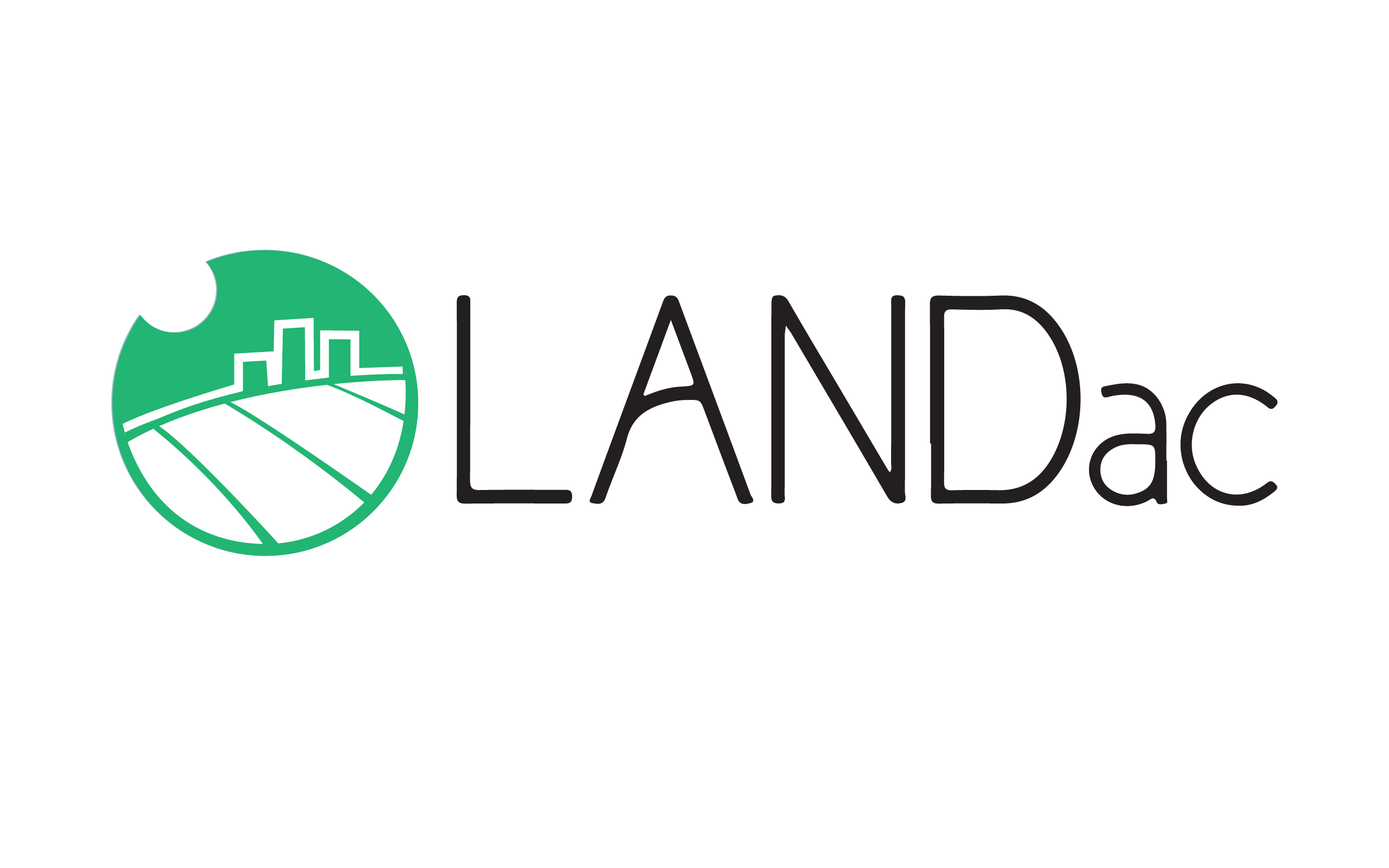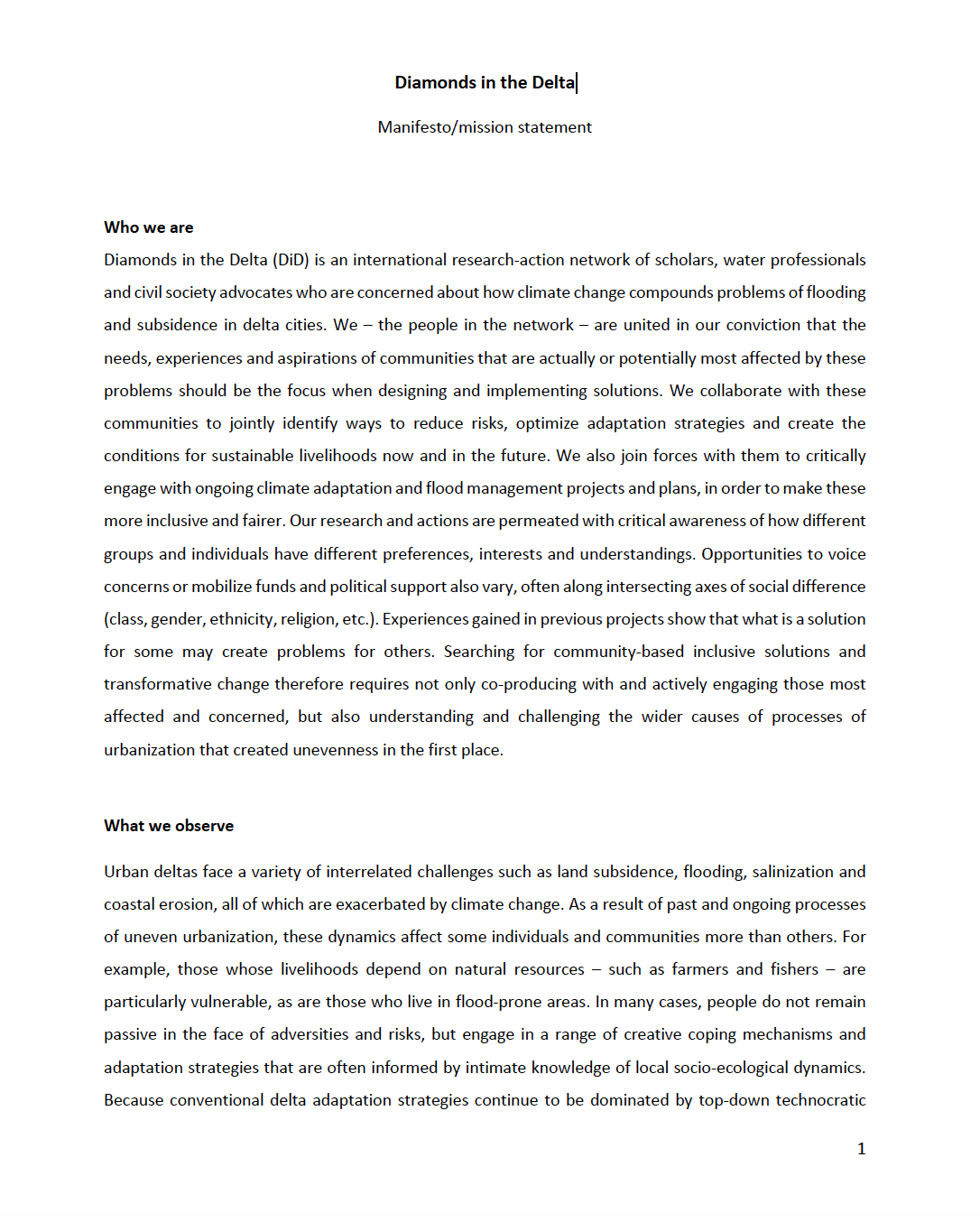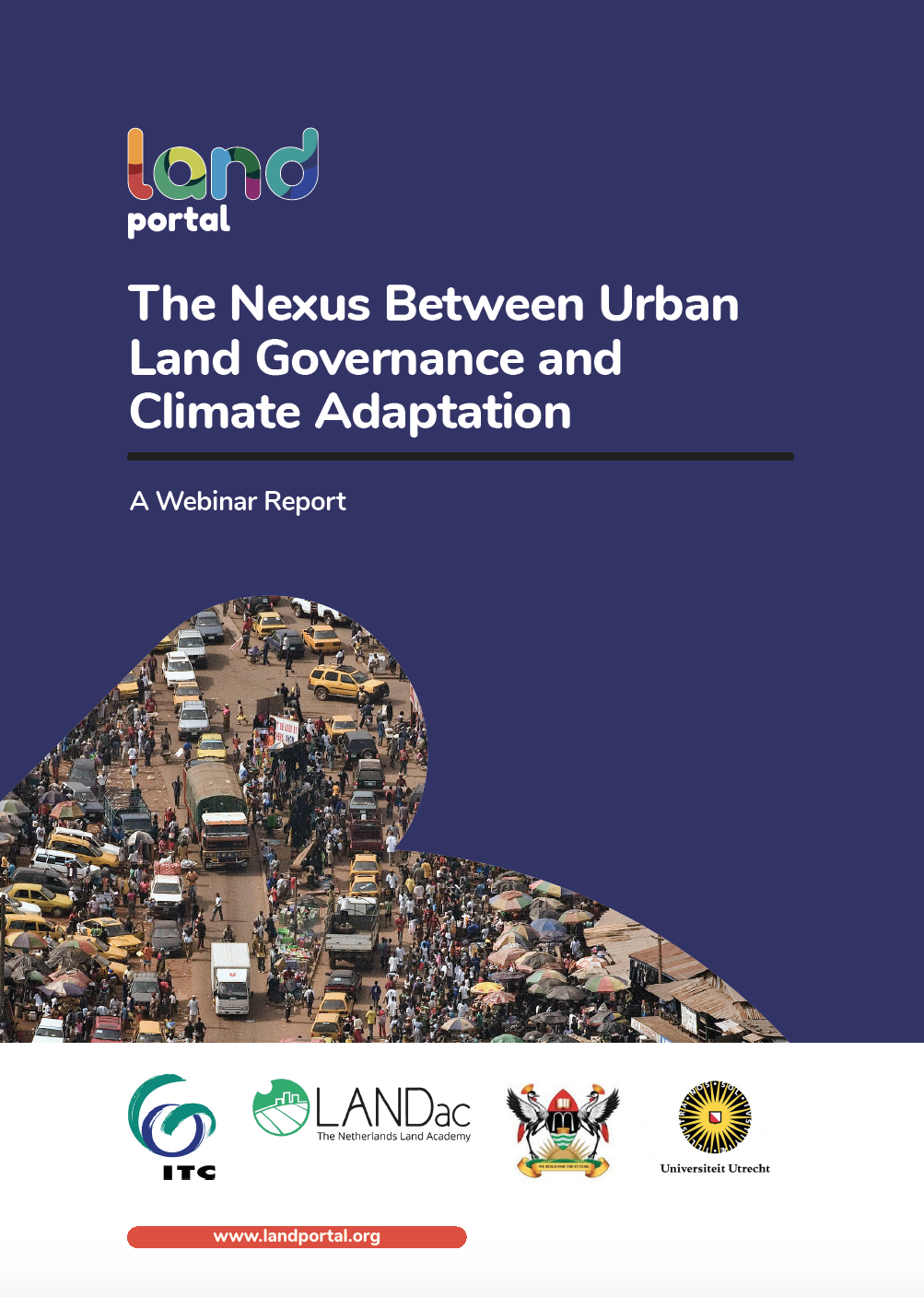Location
3508 TC Utrecht
Netherlands
Utrecht University is a university in Utrecht, the Netherlands. It is one of the oldest universities in the Netherlands. Established March 26, 1636, it had an enrollment of 30,449 students in 2012, and employed 5,295 faculty and staff. In 2011, 485 PhD degrees were awarded and 7,773 scientific articles were published. The 2013 budget of the university was €765 million.
The university is rated as the best university in the Netherlands by the Shanghai Ranking of World Universities 2013, and ranked as the 13th best university in Europe and the 52nd best university of the world.
Utrecht University motto
The university's motto is "Sol Iustitiae Illustra Nos," which means "Sun of Justice, shine upon us." This motto was gleaned from a literal Latin Bible translation of Malachi 4:2. (Rutgers University, having a historical connection with Utrecht University, uses a modified version of this motto.)
Source: Wikipedia (d.d. November 13th 2017)
Members:
Resources
Displaying 1 - 5 of 13Diamonds in the Delta
Diamonds in the Delta (DiD) is an international research-action network of scholars, water professionals and civil society advocates who are concerned about how climate change compounds problems of flooding and subsidence in delta cities. We – the people in the network – are united in our conviction that the needs, experiences and aspirations of communities that are actually or potentially most affected by these problems should be the focus when designing and implementing solutions.
The Nexus Between Urban Land Governance and Climate Adaptation
Informal settlements in areas that are already disaster prone are an increasing problem. Climate adaptation is also often used as an excuse fo evictions to redevelop sites in a more climate-proof manner in what is often referred to as ‘climate gentrification. Nature-based solutions to climate change, such as increasing green spaces, may increase home values, but the question of who benefits from these initiatives arises. How can the side effects of climate interventions that can lead to inequality, such as increase in value, be avoided?
Genomic reconstruction of the history of native sheep reveals the peopling patterns of nomads and the expansion of early pastoralism in East Asia
China has a rich resource of native sheep (Ovis aries) breeds associated with historical movements of several nomadic societies. However, the history of sheep and the associated nomadic societies in ancient China remains poorly understood. Here, we studied the genomic diversity of Chinese sheep using genome-wide SNPs, mitochondrial and Y-chromosomal variations in > 1,000 modern samples.
Tropical landscapes in transition? : Widespread land-use change and measures to maintain forests, carbon stocks and biodiversity in North and East Kalimantan, Indonesia
The production of commodities such as palm oil and pulpwood is leading to large-scale land use change in the rural tropics to fulfil the demands of the increasing world population and overall living standard. On the one hand, such land use changes provide income to companies, smallholders and government actors. On the other hand, these can lead to land use conflicts and declines in forest cover, biodiversity, carbon stocks, and local food production.
Quantifying and reducing uncertainty in land use change model projections : Case studies on the implications of increasing bioenergy demands
Land use change is a central issue in the sustainability debate, because of its impacts on e.g. climate change, water availability and quality, soil quality and erosion, and biodiversity. Continuing population growth, shifting diets towards higher meat consumption and increasing bioenergy demands call for the exploration of possibilities for sustainable land use change pathways with minimal negative impacts. Land use change models are tools that support such explorations by projecting the spatial dynamics of a predefined set of land uses over a given period.






